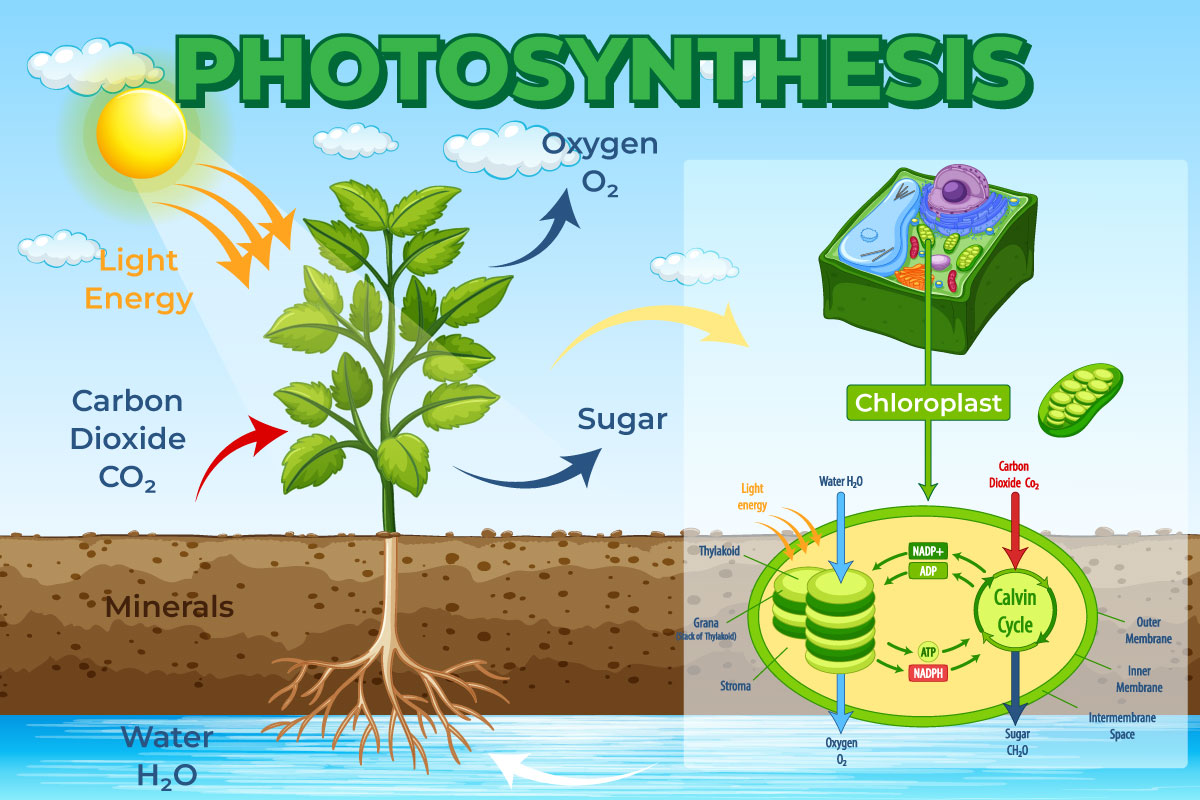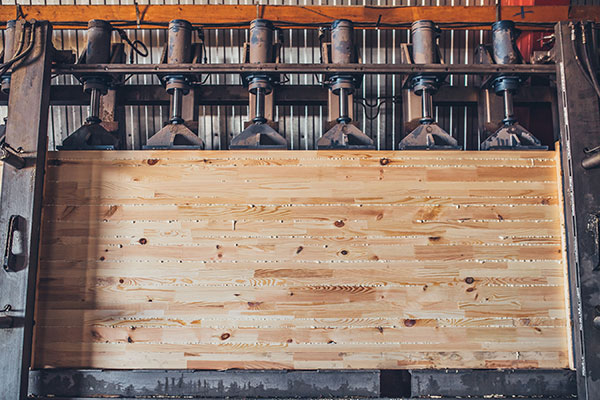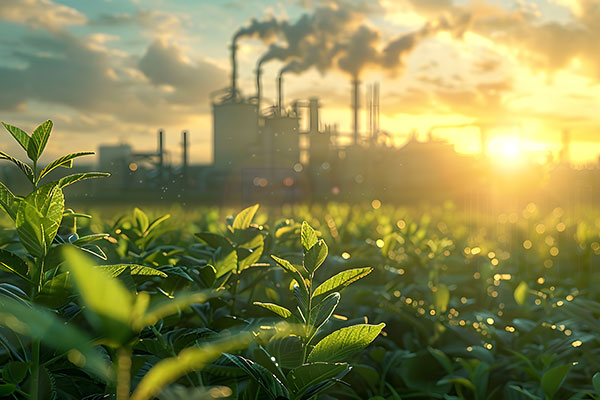Captured carbon, often referred to as carbon sequestration, is the process by which trees and other plants absorb carbon dioxide (CO2) from the atmosphere during photosynthesis and store it as carbon in their biomass (trunks, branches, leaves, and roots) and in the soil. Trees are particularly effective at this because they can store large amounts of carbon over their lifetimes, contributing to the reduction of CO2 levels in the atmosphere.
Essentially, trees act as a natural sink for carbon dioxide, helping to mitigate the impact of greenhouse gases and combat climate change.
How Do Trees Absorb Carbon Dioxide?
Trees absorb carbon dioxide through a vital process called photosynthesis. During photosynthesis, tiny pores on the leaves of trees, known as stomata, open, allowing carbon dioxide from the air to enter. Within the leaf cells, a green pigment called chlorophyll harnesses the energy from sunlight to drive a chemical reaction. This reaction combines carbon dioxide from the air with water absorbed by the roots and utilizes sunlight to produce glucose (sugar) for the tree’s growth and oxygen as a byproduct. This oxygen is then released back into the atmosphere. Essentially, trees act as natural factories, capturing carbon dioxide and releasing oxygen, playing a crucial role in maintaining the balance of gases in the Earth’s atmosphere.
It really is amazing how nature finds ways to balance things out.




